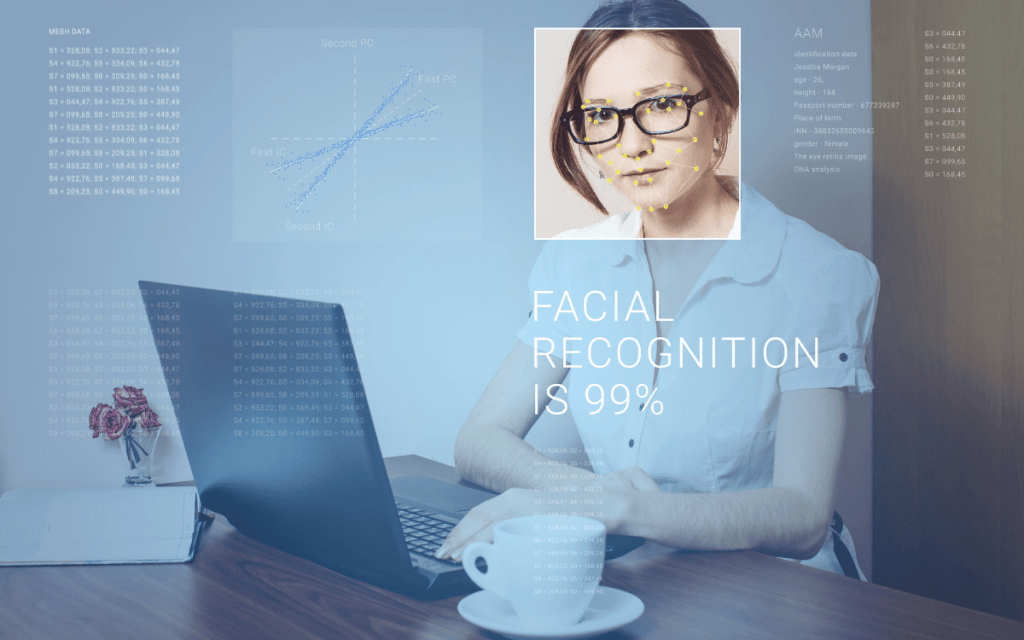In the world of identity verification, liveness detection has now become a standard when it comes to confirming the validity of a candidate under review. As artificial intelligence (AI) gains prominence and capability, combined with an already-widespread dependence on digital communication, the opportunity to fake identities is very real. Where previously the problem was that people were faking records and data, now they are faking visual presentations of the person under review.
Liveness detection is a defense against that kind of activity to confirm that the sample provided is in fact a representation of a real person versus a digital construct. In a sense, it is a way of fighting fire with fire, using a computer to confirm whether an image was computer-created.
Better Than the Naked Eye
Many industry veterans will argue that experience and the naked eye of an expert can catch a fraud. While there is no question that experience sees patterns of behavior common to specific channels, the success rate of detection capture remains poor. This has been proven again and again, and the reliance on experience alone remains a stubborn cultural fallacy in response to encroaching technology tools or automation.
Technology Has Increased Fraud Capability
Presentation fakes and frauds come in a number of forms, and the frequency is increasing. That can include standard photographs, profiles, biometric samples and even moving video streams now. What was the domain of science fiction is quickly becoming reality with digital overlays to perpetuate frauds online. Where the demand for identity fraud has already been alive and well online, image fraud with AI only takes the matter to another level to circumvent biometric defenses.
Types of Detection Protection
On the protection side, the approach to fake visual presentations comes in two forms of active as well as passive defense. The active form forces a candidate to engage or interact, evaluating their response to confirm live presence versus a bot or computer representation.
The passive approach uses subtlety and automatic review without engagement of the candidate. In this regard, the reviewed presentation has no ability to prepare or put up any kind of strategy. The detection happens automatically or without notice and usually has no indication it’s even occurring. The analysis can be ongoing and aggregates multiple reviews instead of one check, allowing the evaluation to capture even sophisticated presentations that may get past an initial check. It can review many of the similar criteria as active, such as facial movements, voice tempo and texture. However, because passive detection can last longer or with increased frequency, it becomes harder to evade.
Should a Defense Only Apply One Method?
The short answer is, no. By having multiple layers and methods of detection defense, a company or organization can change up how reviews are applied, which is far more effective, keeping intruders or fakes guessing. This increases the chance of detection considerably because it’s not possible to anticipate every variation of a defense mix, especially if it is applied in a changing pattern.
Active vs passive liveness detection doesn’t even need to be a choice; where a combination can be applied, it makes even more sense, especially when identity confirmation matters so much or has a premium put on it for compliance purposes. This is becoming more and more of an issue in digital financial arenas now, thanks to digital money laundering laws recently put in place by a growing list of governments.
Don’t be the Next Statistic
When your business relies heavily on the identity of users being who they are, simple form and ID photograph confirmations are not enough. Whether using active or passive liveness detection or both simultaneously, identity defenses are now a bread-and-butter requirement in modern user validation.
Companies and agencies that still insist on user certification alone through forms are simply setting themselves up for failure and becoming the next fraud statistic. No one wants to hear about another “form defense” failure. Liveness detection changes the game and shifts defense to a proactive position instead.
For more news click thebritaintimes.co.uk


